Today, May 6, Hanoi University of Science and Technology announced the results of the third round of the TSA 2025 thinking assessment exam.
In the announcement, Hanoi University of Science and Technology also informed about how to handle 3 questions related to complex numbers that many candidates encountered when taking the exam.
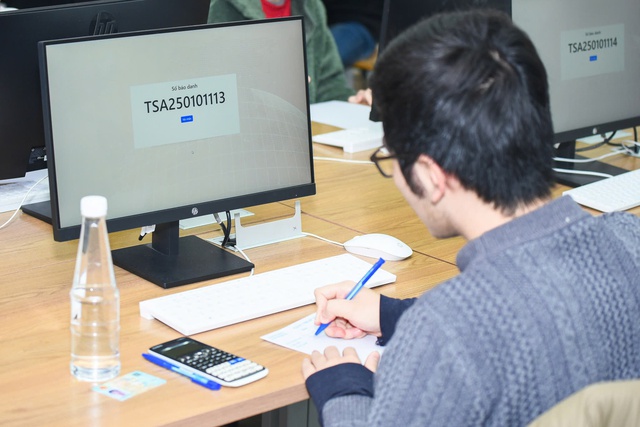
Candidates taking the TSA 2025 thinking assessment exam of Hanoi University of Science and Technology
PHOTO: BICH NGOC
Specifically, the Examination Board of the TSA Thinking Assessment Exam noted that in the third batch of the exam, there were 3 exam questions related to complex numbers and 1 question had a display error. The Examination Board determined that these 4 exam questions were all in the "bridge set" used to balance the exam questions between years.
The examination board has decided to remove these exam questions from the set. "The number of remaining exam questions in the set still ensures the technical calculation of parameters for balancing the exam, ensuring fairness as well as not affecting the TSA scoring process of the exam," the announcement of Hanoi University of Science and Technology wrote.
What is the question "demand"?
According to the project to organize the TSA thinking assessment exam of Hanoi University of Science and Technology, to ensure fairness in exam results between exam sessions, the TSA exam applies the method of using a standard "bridge" set of questions between exam papers to bring the exam assessment indicators to the same scale.
This technology will ensure that candidates taking the exam in different rounds are assessed on the same scale, thereby ensuring fairness in results between rounds.
According to Thanh Nien reporters, the "bridge" set is a term used to refer to a tool to measure candidates' abilities, according to item response theory (IRT). The "bridge" questions are used in both pairs of questions, to pull the test results of different test sessions and test groups to the same scale, to ensure that the test results of the sessions and groups are equivalent, with the aim of ensuring fairness for candidates regardless of which group they take the test in.
Good questions of different difficulty levels (through testing) will be selected as "bridge" questions for the test sessions. The test sessions will be linked together using bridge questions in the math and science /problem solving areas only.
Below is a mock test design, showing the location of the "bridge" question:

With the above design, each of the 2 exams will have 15 "bridge" questions. The total number of questions needed to design 6 exams is 525 questions. Of the 15 "bridge" questions, 8 are math questions and 7 are science/problem-solving questions, or vice versa. The first exam has 85 questions and 15 "bridge" questions. The 2nd, 3rd, 4th, 5th, and 6th exams have 70 questions and 2 "bridge" ends, each "bridge" has 15 questions.
However, the above simulation is in its early stages. Currently, the TSA thinking assessment exam has entered a stable stage, each test consists of 15 "request" questions and 85 new questions.
The scoring system always eliminates interference factors.
Round 3 is the final round of the 2025 TSA thinking assessment exam, organized by Hanoi University of Science and Technology in 4 groups, including morning and afternoon groups on April 26-27.
Nearly 24,000 candidates registered for the third round of exams. The exam content is based on the 2018 generaleducation program.
According to Thanh Nien reporters, in the exam papers of the candidates in batch 3 (morning of April 27), there were 3 complex number questions and 1 question with a display error. Meanwhile, according to the 2018 general education program, students are not taught about complex numbers.
Among the candidates, there is an opinion that the scoring system of the Hanoi University of Science and Technology's TSA reasoning exam does not grade the 3 complex number questions, creating injustice for the candidates who took the exam in other groups and for the candidates in group 3 who did those 3 questions. Because "with the same 60 minutes, one side had to do 40 questions, the other side only needed to do 37 questions".
In response to the above comment, Associate Professor Vu Duy Hai, Head of Admissions and Career Guidance Department, Hanoi University of Science and Technology, said: "When doing the test, you all try to do all 40 questions. Moreover, when applying the "bridge" question set technique to balance the questions and bring them to the same scale, during the marking process, to ensure good correlation, all "bridge" questions that cause interference (that deviate far from the standard line) must be eliminated. For example, most of you cannot do the 3 complex questions in this bridge set or do not do them. If left in the bridge set when marking, it will cause interference."
Source: https://thanhnien.vn/khong-tinh-diem-3-cau-so-phuc-ky-thi-danh-gia-tu-duy-dot-3-18525050615542102.htm


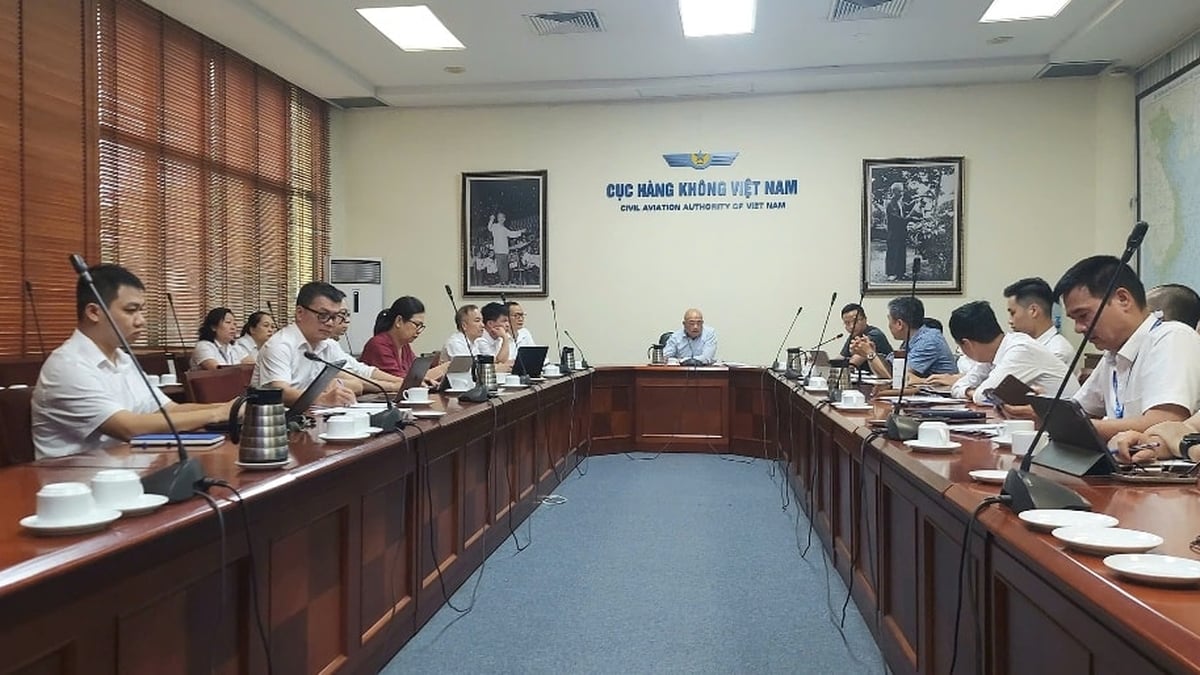
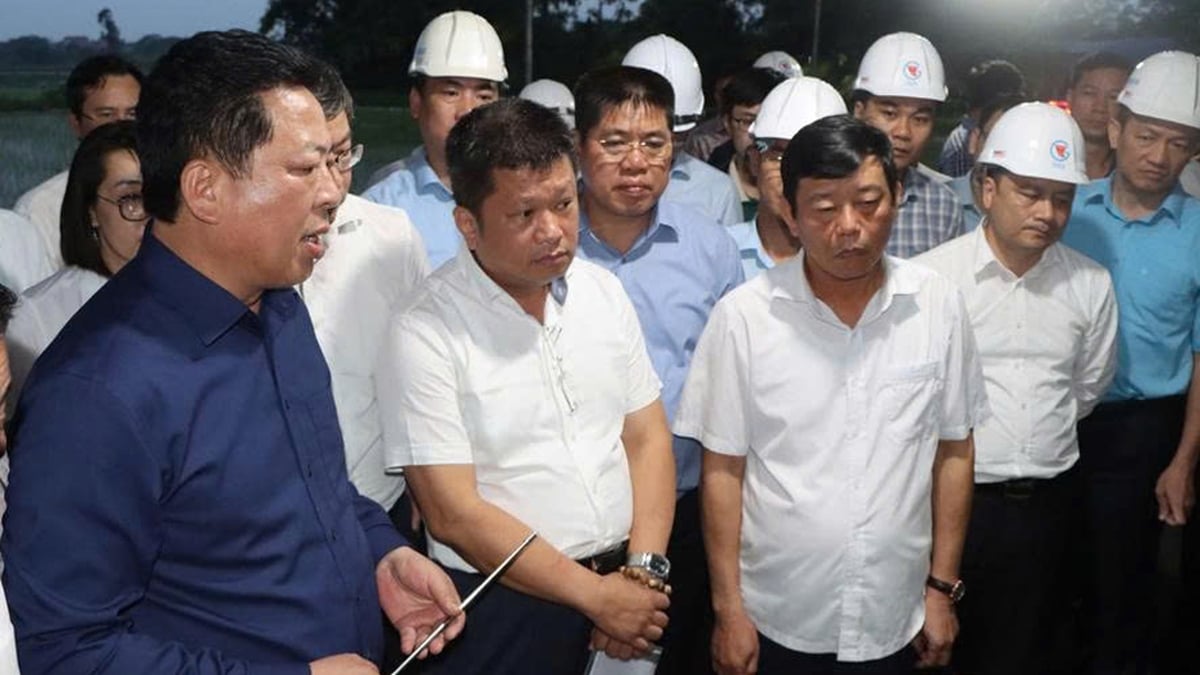


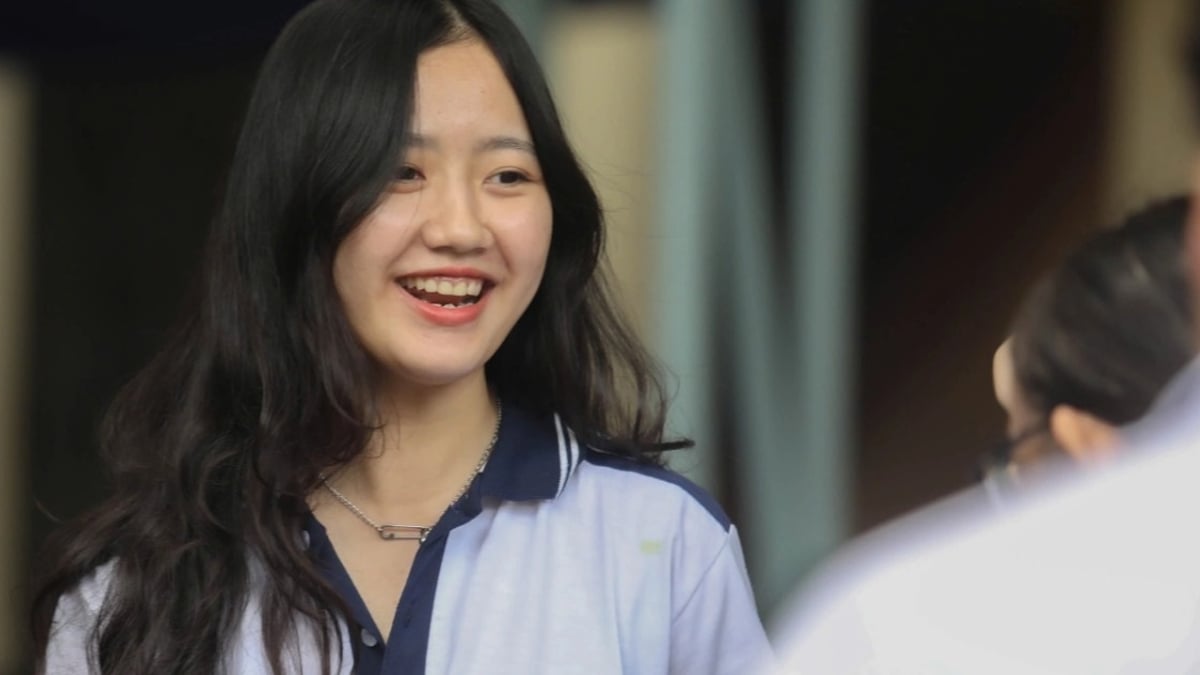

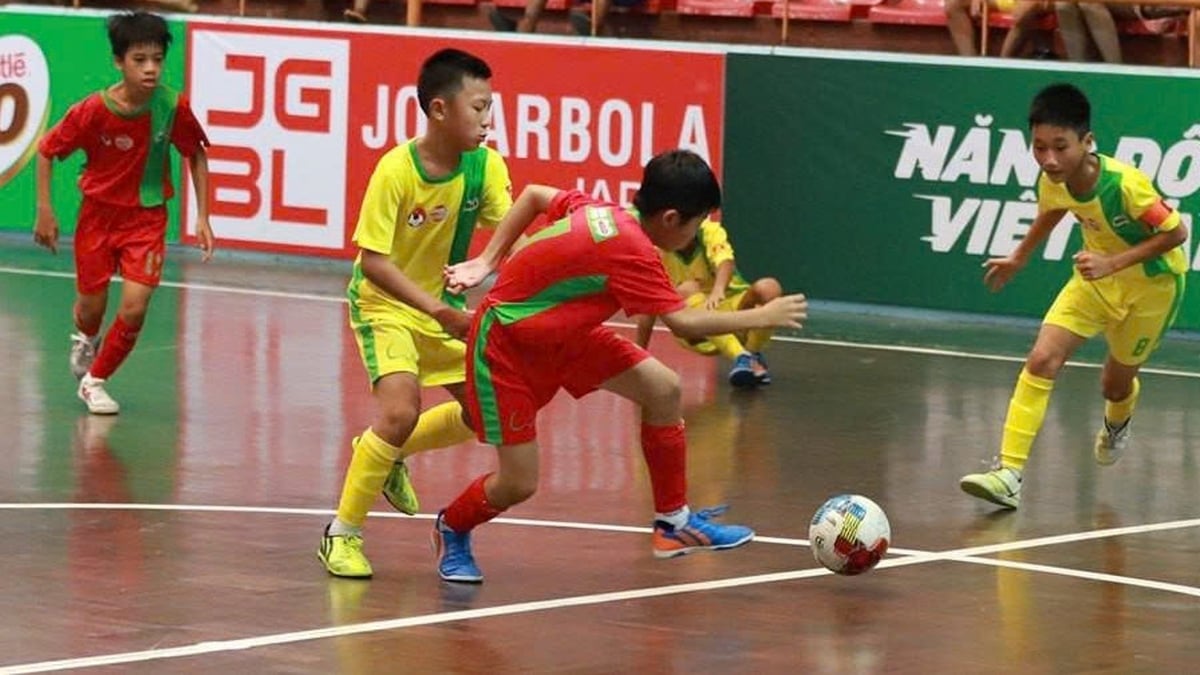















![[Photo] National Assembly Chairman Tran Thanh Man visits Vietnamese Heroic Mother Ta Thi Tran](https://vphoto.vietnam.vn/thumb/1200x675/vietnam/resource/IMAGE/2025/7/20/765c0bd057dd44ad83ab89fe0255b783)












































































Comment (0)